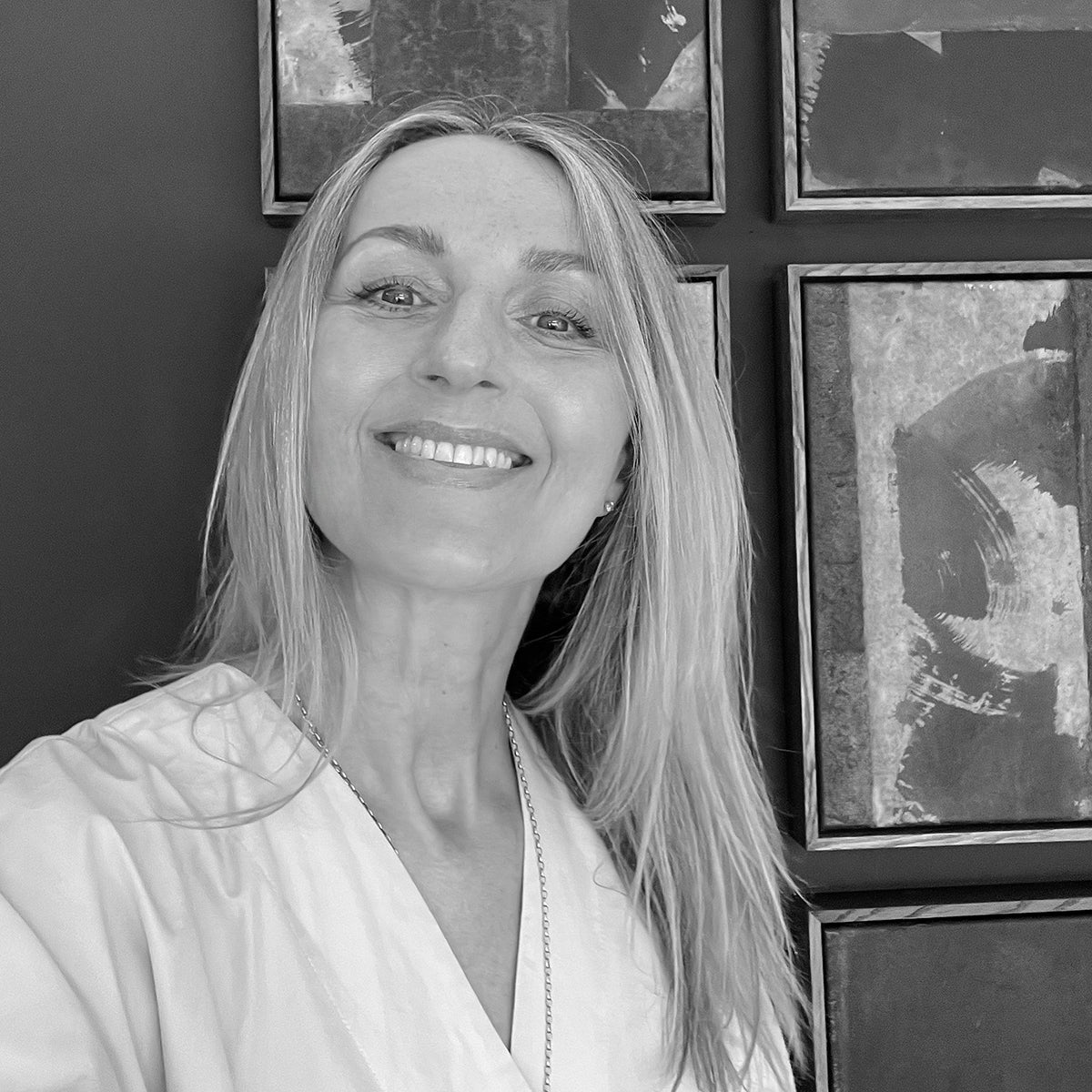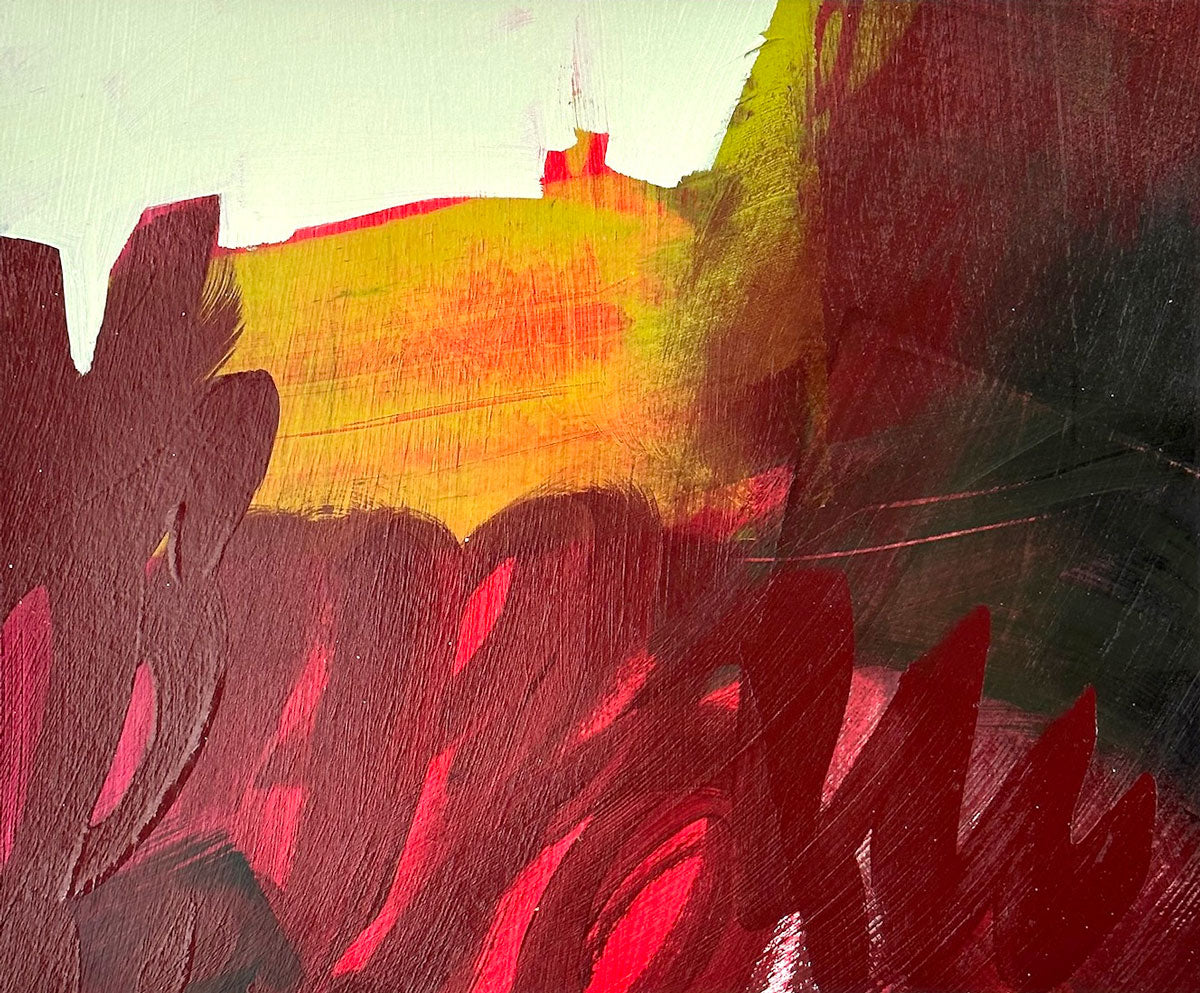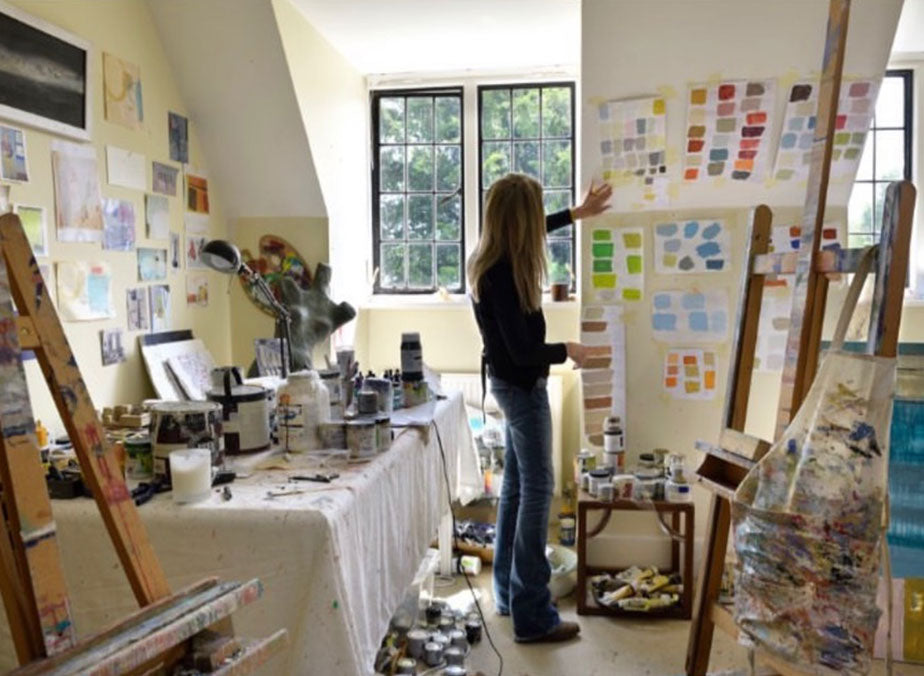AMA with gallery owner and curator Sonia Pang

Having exhibited at Gallery At Home for four years and worked there as a gallerist for nearly a year, I thought I knew Sonia Pang, and the story of how the gallery came to be the thriving space it is today, pretty well. But even I was surprised and delighted by some of her answers in this Ask Me Anything.
During the interview we paused to sip tea, eat cake and every now and then, for Sonia to compose herself after an emotional response to a question. One of the things that strikes me is how the Sonia you meet when you walk into the gallery, either as a stranger or a friend, is the same Sonia you get to work with on a daily basis. There is no pretence with her, no mask, no edited version for public-consumption - this woman lives the ethos of her gallery. So come on in and enjoy a taster of the woman behind it all.
We all know how many businesses fail in their first two years, soon you’ll be celebrating five years of Gallery At Home being open, why do you think it's been so successful?
I think we're very heart-led, we're very approachable. We foster our community and hold our people close to us. We're good at nurturing emerging artists as well as supporting and encouraging our well-established artists who are already confident in their field. I think our ability to communicate and keep our people close has been intrinsic to the gallery's success. And undeniably, we've been able to stay open and to grow, because not only do we have an amazing, creative community of artists, we also have some wonderfully discerning and loyal collectors both in the local area and worldwide. People seem to have seen us and loved what we do, and those people keep coming back to enjoy the work and support the gallery show after show.
Also, we keep it real! We foster a very welcoming space and we've stayed small enough not to get too-big-for-our-boots. We didn't try to fix something that wasn't broken; we haven't run before we could walk. We've stayed quite small and yet we've had really big artists showing.
What are you most proud of in relation to the gallery?
I am most proud of my ability to pivot. I'm not afraid of pushing myself out of my comfort zone, and I thought I was. For example, I was never good at technology, I forced myself to learn about the website, I forced myself to learn about the e-commerce side of the gallery so I wasn't putting my own barriers up to success.
Every time I felt there was a hurdle, I found my way over it.
How has your vision for the gallery evolved since you first opened?
It's evolved through confidence. Initially I felt like an imposter, I felt like I was just indulging an itch that needed scratching, out of the absolute passion I had for displaying objects and artwork in my home. So my initial goal was to show work and invite people into my home to view work, and hopefully sell it for the artists; I wanted to validate my belief in their work by making sales for them.
I didn't realise it could become a business until the sales I ended up making from those early shows held in my home, facilitated the move to a premise. I used the commission I earned from those sales to rent a small gallery space near my home as a three month pop-up. In my mind I thought "If I last three months I'll be so proud that I did it at all".
The first show in the gallery 'Fears and Dreams' with Toril Brancher and Philippa Robbins was a massive success. Everyone came, first it was friends, then people I didn't know started coming, artists started coming. And after three months I knew that if the public was coming and starting to connect with the space, there was potential.
And so the shows kept getting stronger, my confidence grew because people were buying artwork. And I stuck with my discerning aesthetic, so I only showed work that I wanted for myself and felt was good enough. I became better organised, I got more confident at reaching out and approaching artists that at the start I'd never have thought would want to show in my tiny, little, rural gallery! So my vision for the gallery has grown alongside my confidence.
From starting out feeling like quite an imposter, five years down the line I'm now quite cocky in that I know that the model I've developed, the ethos I believe in, has worked. And continues to work, and grow. Hence the new website; I felt we were doing our beautiful collectors and friends a disservice in giving them quite a linear platform. It was time to give them a much more enthralling experience, and that's what we've done.
You often have people visiting the physical gallery space having discovered you through Instagram. Can you talk about how you view and approach that social media platform as a gallerist?
Instagram is like breathing for me. Because my background is photographic, talking in pictures feels very obvious to me. To be able to use Instagram to market a picture-based business, a gallery, is such an easy connection - all I had to do was make good pictures. I see Instagram as a beautiful way of creating what looks like a family album for my artists. It makes the virtual, tangible.
Very early on I realised that Instagram was a powerful tool for visually communicating a brand, so I tried to be careful about my narrative, what I presented, making sure the grid looked cohesive. As if I was preparing a deck to promote a brand. I was very brand-conscious. It did help having a daughter in the branding strategy industry who was very eyes-on to keep me on track.
I tried to always keep it real, domestic, peppered with homey things, personal things. Carefully edited but nevertheless keeping me very present as a person - people could approach me not necessarily the gallery, so there were no barriers.
I did court and woo a lot of artists via Instagram too!
When bringing new artists into the Gallery At Home stable, what do you look for from their work?
Obviously it's quality, the work has to have a standard of quality and cohesion. A lot of artists when they're just starting out, try different things and it's difficult for a gallery to see how they can construct a show if there's no signature style throughout. So I look for a palpable thread that hangs the whole work together. For example Sam Lock has a signature style throughout, Zoe Taylor has a signature style throughout. There's no mistaking a Katherine Sheers figurative piece, there's no mistaking a gothic, large-scale flower from Toril Brancher.
I look for continuity and quality, and then I look for how I could market that effectively, and how my collectors would perceive the work. Where would the work fit in, what genre, what season and so on.
Another really important thing for me is "Would I hang it in my house?" My aesthetic is very strong and, like all people, there are some things I like and there are some things I don't like. It's got to be about my personal taste too.
What are your tips for curating a space or show?
It's an innate aesthetic - you generally have an idea of how it's going to hang in your mind when you're choosing work at the artist's studio. Since aesthetic of the gallery space is based on the taste and sensibility that I crafted in my home space over the years. My aim, every time, is to make the work feel like it can translate to a home space. Accessible, intimate and desirable.
I also follow the artist's lead, often they have a clear idea of how they want their work to be represented. So I mirror and celebrate their style. I like to play with scale and transform the space with paint and prop styling. I like to surprise people!
How far in advance do you program your shows?
A year in advance! I like to map out the year to ensure I have variety and it flows coherently and thematically. I like there to always be something fresh and new, but that takes planning.
What are your plans and dreams for Gallery At Home?
Well, based on the fact that we're just launching a super-duper new website the next stage is to sit and see! Then possibly we might add a photographer's gallery to that, and ultimately one day, take it to a bigger physical space. Because the space is perfect, but it is limited by three walls and a toilet! I'd love to expand the amount of work we can hang at any one time, maybe have two shows at the same time.
I would love to have a small coffee shop area because we are a destination, we don't have foot fall and I will want to continue with that because I love that people drive to us, sit and stop. I'd also like a more dedicated area for workshops, artist meets and yummy things to eat while you visit us. I'd like to expand the space to be a little more giving, so people can visit for longer.
That's the goal, a bigger space. Maybe in a year's time if we're ready, I'm always looking. But in terms of taking it bigger virtually, we're already there - this is a big step for our little legs!
Okay, two easy questions to finish up - what’s your favourite aspect of running the gallery?
Oh my God, curation, every time! New work coming in, the thrill of opening it, the heart-beat, tummy-flutter excitement of that launch. Nothing tops it! The thrill of the sale, that's my favourite bit alongside the curation - the energy I feel is like fire. There's nothing like it, it's why I keep doing it. Even when I'm tired I think "What next?" I love it, I love moving on, it suits my personality. The forever changing scenery I get to work with monthly is just a privilege. All of that. It's why I keep doing it. I have to feel that passion, otherwise it's just a job.
What’s your least favourite aspect of running the gallery?
Admin! I fucking hate admin (mouthed silently to Katherine).
Sonia Pang offers Artist Mentoring sessions either in the gallery or via zoom. To find out more or to book a session, take a look at our Mentoring page.


